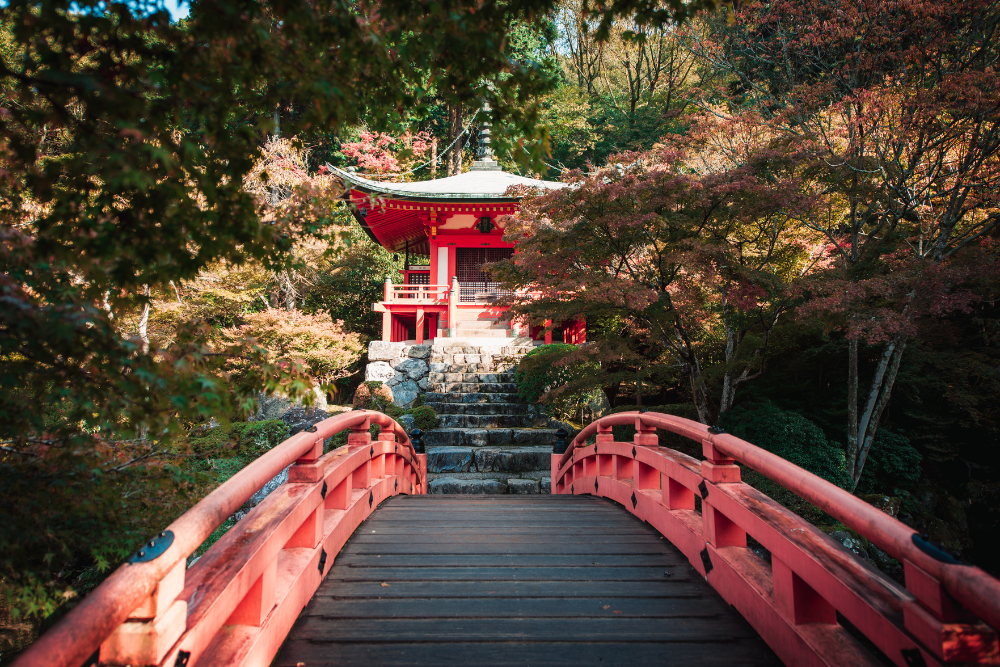Japan is home to thousands of temples and shrines, each offering a glimpse into the country’s rich spiritual and cultural history. While famous sites like Kyoto’s Fushimi Inari Taisha and Tokyo’s Senso-ji are well-known, there are also many lesser-known but extraordinary temples and shrines that provide unique experiences, unusual architecture, and fascinating legends.
This guide explores some of Japan’s most distinctive temples and shrines, highlighting what makes each one special and why they deserve a spot on your travel itinerary.
1. Tottori’s Mitokusan Sanbutsu-ji – A Temple on a Cliff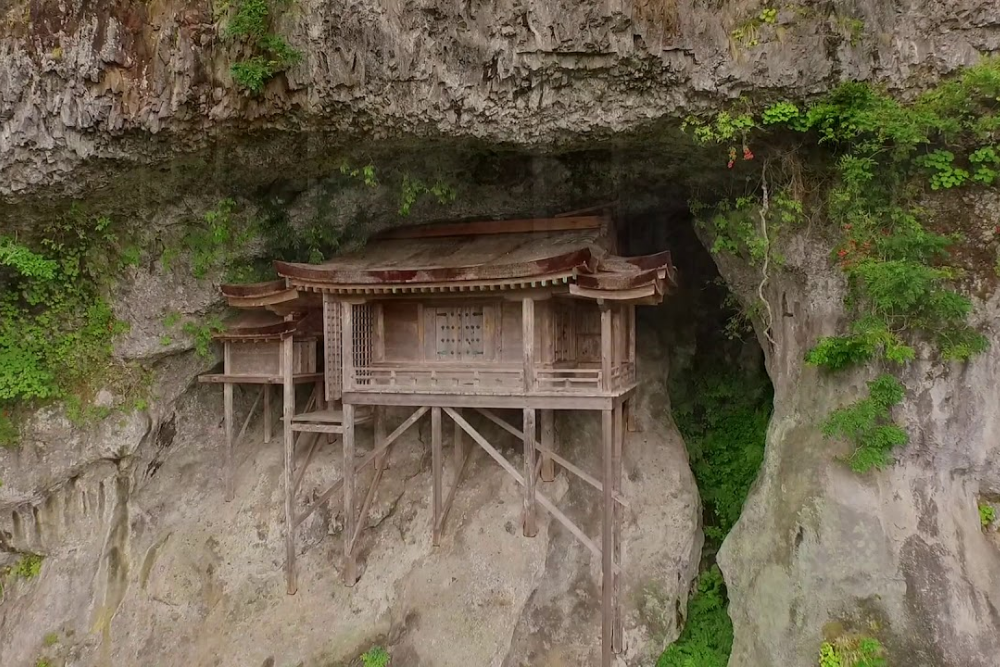
Why It’s Unique
Perched on the edge of a steep cliffside in the Tottori Prefecture, Mitokusan Sanbutsu-ji’s Nageire-do Hall is Japan’s most inaccessible temple. The journey to the temple involves a challenging climb up slippery rocks and tree roots, making it a pilgrimage for the brave.
What to Expect
- A thrilling hike through dense forest
- Stunning views from a temple built directly into the cliffside
- A profound sense of isolation and tranquility
Location: Misasa, Tottori Prefecture
2. Kyoto’s Kiyomizu-dera – A Temple with a Legendary Stage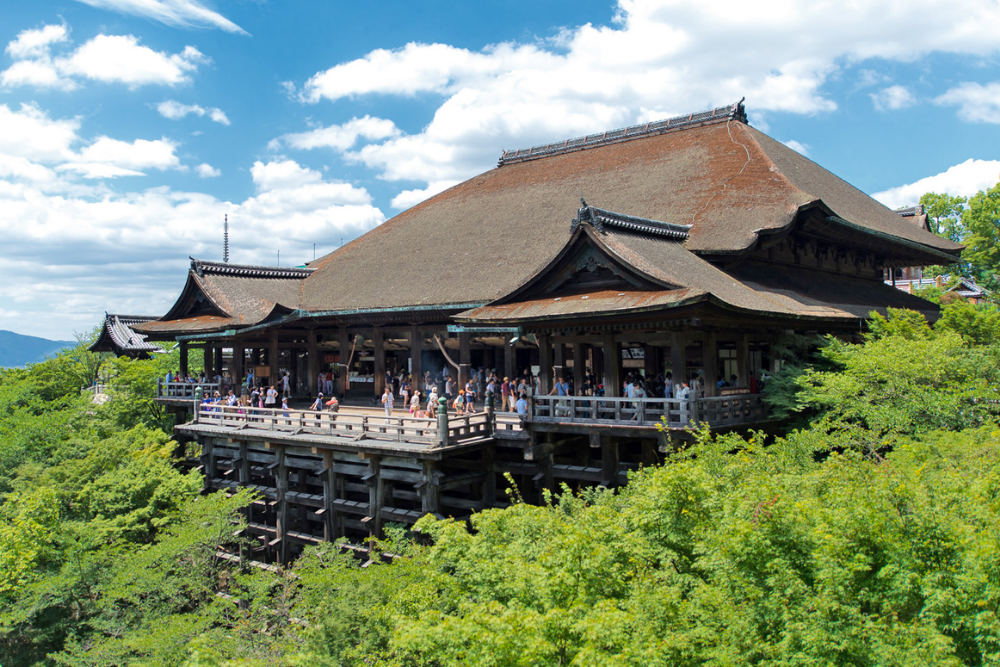
Why It’s Unique
Kiyomizu-dera is known for its massive wooden stage that extends out from the main hall, offering panoramic views of Kyoto, especially during cherry blossom and autumn foliage seasons. The temple’s name means “Pure Water Temple,” and it features a sacred waterfall where visitors can drink for wisdom, longevity, or love.
What to Expect
- A historic temple with a grand wooden terrace
- Seasonal beauty with cherry blossoms in spring and fiery maple leaves in autumn
- The Otowa Waterfall, believed to grant wishes
Location: Kyoto
3. The Floating Torii of Itsukushima Shrine
Why It’s Unique
Located on Miyajima Island, Itsukushima Shrine is famous for its floating torii gate, which appears to rise from the sea during high tide. It is considered one of Japan’s most scenic views and is deeply connected to Shinto traditions.
What to Expect
- The iconic floating torii gate
- A peaceful island with deer roaming freely
- Stunning sunset views over the Seto Inland Sea
Location: Hiroshima Prefecture
4. Nagano’s Zenkō-ji – A Temple of Light and Darkness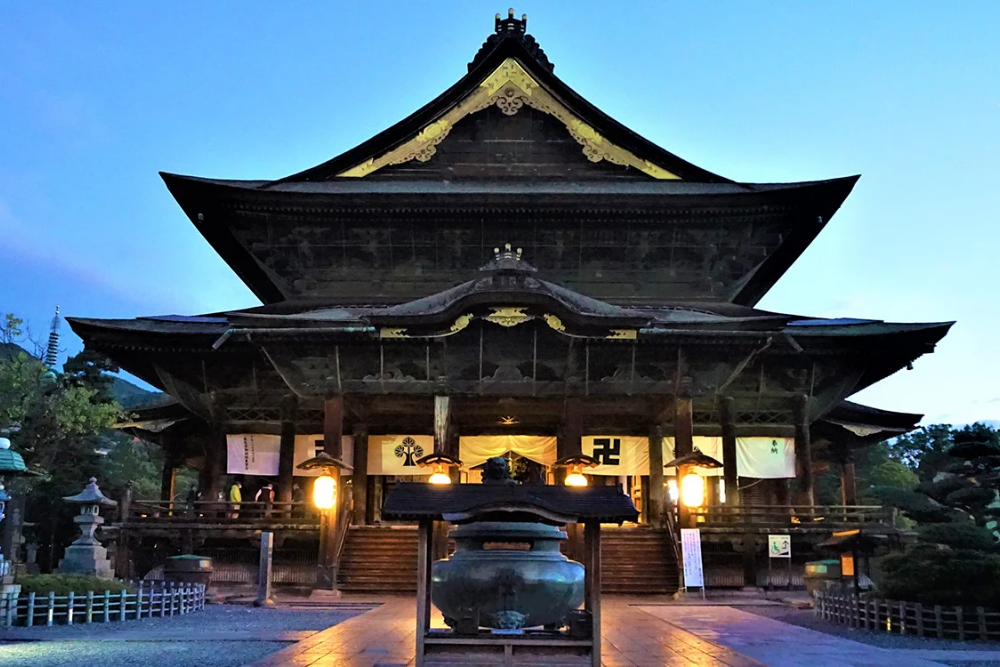
Why It’s Unique
One of Japan’s oldest Buddhist temples, Zenkō-ji houses the first-ever Buddha statue brought to Japan. The temple is known for its dark passage under the main hall, where visitors must walk in complete darkness to find the “key to paradise,” symbolizing spiritual enlightenment.
What to Expect
- A sacred pilgrimage site with deep historical significance
- The darkness tunnel experience, meant to test faith and courage
- A welcoming atmosphere for people of all Buddhist sects
Location: Nagano
5. Nara’s Tōdai-ji – Home to Japan’s Largest Buddha Statue
Why It’s Unique
Tōdai-ji is famous for its Daibutsu (Great Buddha), a massive 15-meter-tall bronze statue housed in one of the largest wooden structures in the world. The temple is surrounded by friendly deer, considered messengers of the gods.
What to Expect
- A colossal Buddha statue that inspires awe
- The Pillar of Enlightenment, where visitors squeeze through for good luck
- A temple that embodies the grandeur of Japan’s Buddhist heritage
Location: Nara
6. Okunoin – Japan’s Largest Cemetery and a Spiritual Pilgrimage Site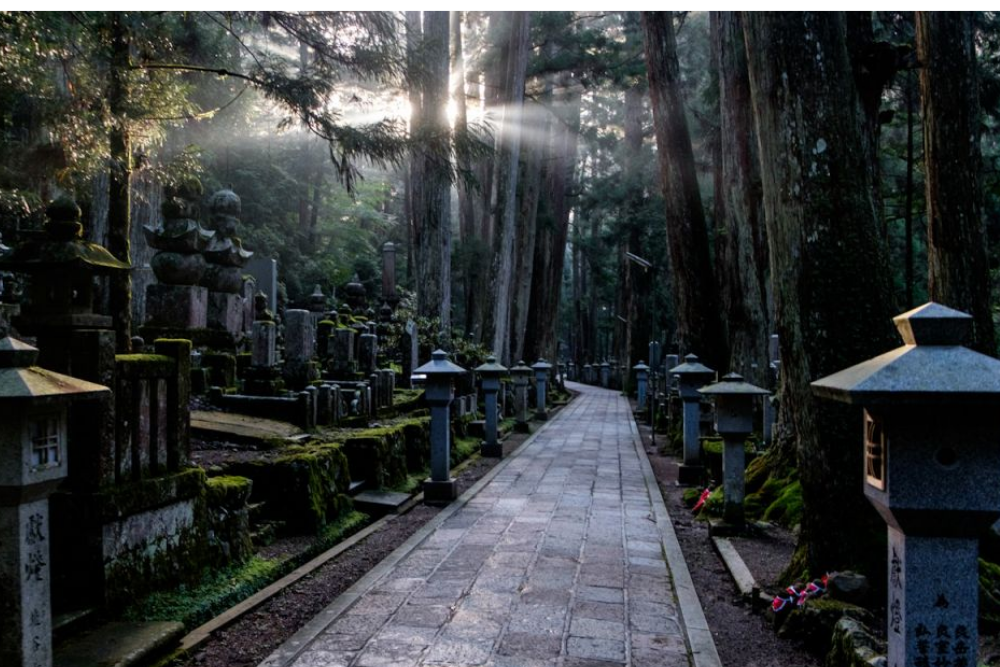
Why It’s Unique
Located on Mount Koya (Koyasan), Okunoin is Japan’s largest cemetery and spiritual site, home to thousands of moss-covered stone lanterns and gravestones. It is the resting place of Kukai (Kobo Daishi), the founder of Shingon Buddhism, who is believed to be meditating in eternal enlightenment rather than deceased.
What to Expect
- A mystical atmosphere, especially at night when lanterns light the path
- The Gobyo Mausoleum, believed to house the eternally meditating Kukai
- A deeply spiritual journey for those seeking peace and introspection
Location: Wakayama Prefecture
7. Kyoto’s Fushimi Inari Taisha – A Pathway of a Thousand Torii Gates
Why It’s Unique
Fushimi Inari Taisha is one of Japan’s most famous shrines, dedicated to Inari, the Shinto god of rice and prosperity. Its main attraction is the thousands of vermilion torii gates forming a winding pathway up Mount Inari.
What to Expect
- An enchanting hike through red torii gates
- Fox statues, said to be Inari’s messengers
- A deep sense of tradition and sacred energy
Location: Kyoto
8. The Cat Shrine of Tashirojima
Why It’s Unique
Tashirojima, also known as Cat Island, is home to a small Shinto shrine dedicated to cats, which are believed to bring good fortune. The island has more cats than people, making it a paradise for cat lovers.
What to Expect
- A remote island filled with friendly cats
- A small, quirky shrine where visitors pray for feline well-being
- A unique blend of nature, tradition, and Japan’s love for cats
Location: Miyagi Prefecture
9. Nikko’s Tōshō-gū – The Lavish Mausoleum of a Shogun
Why It’s Unique
Unlike most minimalist Buddhist temples, Tōshō-gū is an ornate, gold-covered shrine built in honor of Tokugawa Ieyasu, the founder of the Tokugawa shogunate. The shrine is famous for its intricate carvings, including the “See no evil, hear no evil, speak no evil” monkey trio.
What to Expect
- A visually stunning shrine with elaborate carvings
- The resting place of one of Japan’s most powerful shoguns
- A mix of Buddhist and Shinto architecture
Location: Tochigi Prefecture
10. Kamigamo Shrine – A Shrine Older Than Kyoto Itself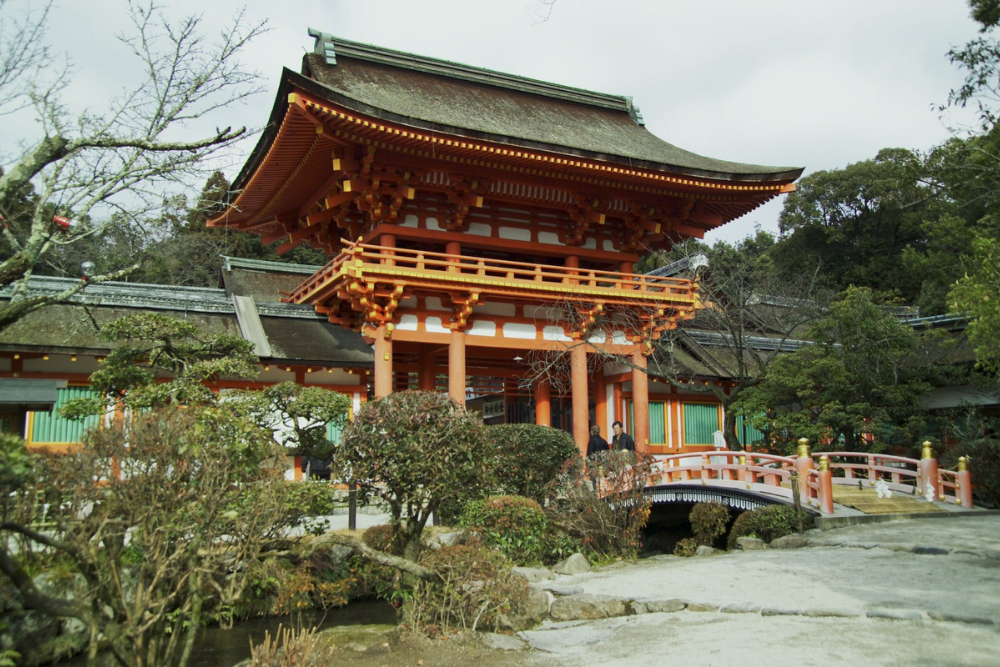
Why It’s Unique
Kamigamo Shrine, along with Shimogamo Shrine, predates Kyoto itself and is one of Japan’s oldest Shinto shrines. It features two iconic sand mounds, symbolizing sacred mountains.
What to Expect
- A historical and spiritual landmark
- Annual festivals, including the famous Aoi Matsuri
- A peaceful atmosphere, away from Kyoto’s crowded tourist spots
Location: Kyoto
Conclusion
Japan’s temples and shrines offer far more than just historical significance—they provide unique spiritual experiences, breathtaking landscapes, and cultural insights. Whether it’s climbing a mountain to reach a hidden temple, walking through thousands of torii gates, or experiencing a meditative cemetery, each site tells a different story.
For those looking to go beyond the usual tourist spots, these extraordinary temples and shrines offer a deeper, more memorable journey into Japan’s spiritual heart. Which of these unique sites would you like to visit?



